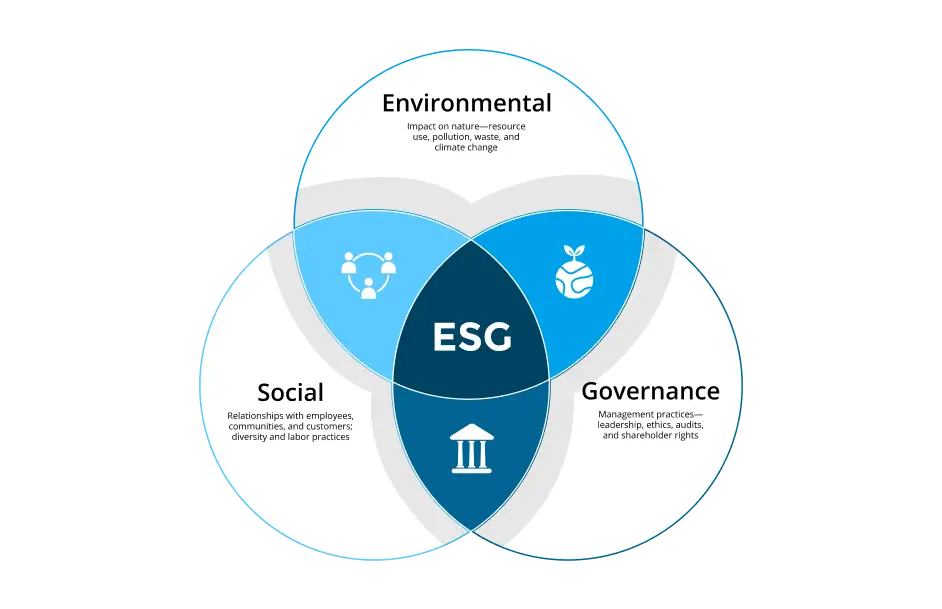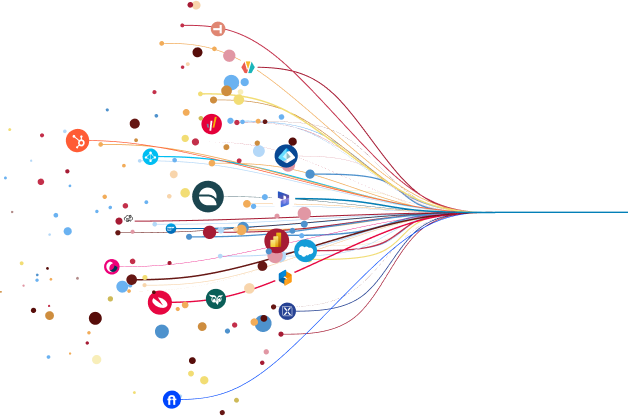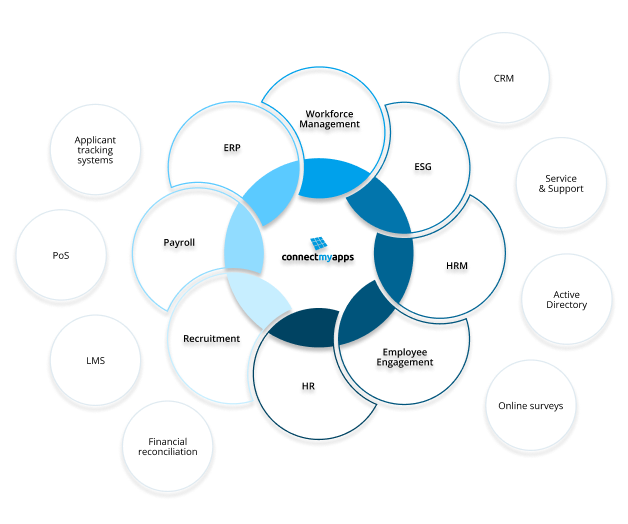Siloed data and compliance risks
What HR needs to know
By Asgeir Olafsson
As we in today’s regulatory landscape face increasing obligations to comply with laws like GDPR and ESG reporting requirements, siloed data—where information is isolated within various departments or systems—poses a significant compliance challenge. For HR professionals, this leads to multifaceted risks, affecting both regulatory adherence and the overall efficiency of HR operations.
The compliance risks of siloed data
Siloed data occurs when information is stored across separate systems that don’t communicate efficiently. For HR, this typically means employee data is scattered across platforms like payroll, performance management, and recruitment tools. Without integration, this fragmentation creates serious compliance risks.
GDPR compliance risks
Siloed data makes it hard to maintain a clear view of where personal data resides, increasing the risk of GDPR breaches. Sensitive employee data could be mishandled or shared through insecure channels like email. Furthermore, updates to employee records during onboarding or off-boarding may not be handled correctly without integrated systems, risking non-compliance and damaging organisational trust and reputation.
ESG reporting challenges
ESG reporting requires detailed data on workforce diversity, employee engagement, and workplace safety. Siloed systems complicate the process, as diversity metrics may be stored separately from recruitment or performance data. This fragmentation can lead to inaccuracies in ESG reports, carrying legal and reputational risks.
Increased risk of errors and inconsistencies
Manually reconciling data from different sources due to silos increases the likelihood of errors. These inconsistencies make it difficult to prove compliance during audits, potentially resulting in fines or legal issues, and harming stakeholder trust.


Resolving challenges through data integration
The risks posed by siloed data can be mitigated through automation and data integration, which connects disparate HR systems into a unified framework. This centralisation improves data accuracy, reduces compliance risks, and simplifies both necessary compliance reporting and day-to-day regular reporting requirements.
Centralising data for compliance
Integrating HR systems allows for seamless data flow, offering a complete view of employee information. This enables HR with less effort to report accurately, ensuring compliance with GDPR and other regulations. For example, integrating payroll and appraisal systems reduces errors, making compliance checks smoother.
Simplifying GDPR compliance
Integrated systems make GDPR compliance more manageable by centralising data control. This ensures personal data is handled appropriately, such as automated data retention policies for timely deletion or anonymisation. Thus, minimising the risk of GDPR violations.
Enhancing ESG reporting
Data integration simplifies ESG reporting by providing a comprehensive view of critical metrics like workforce diversity. Breaking down data silos allows organisations to compile accurate ESG reports, making commitment to social responsibility and improving reputation with stakeholders easier.
Reducing manual work and human errors through automation
Automation complements data integration by reducing the need for manual processes, which are prone to human error. Automated systems streamline tasks like data entry and reporting, improving efficiency and accuracy.
Automating data entry and reporting
Automation pulls data from integrated sources, ensuring accuracy across systems. This saves time and reduces errors, allowing HR professionals to focus on strategic tasks rather than administrative work.
Streamlining compliance audits
Automation simplifies audit preparation by generating reports from integrated systems, reducing the workload and stress associated with audits. These systems can also flag potential compliance issues, enabling HR to address them proactively.
Reducing the risk of human errors
Automation minimises the risks inherent in manual data reconciliation. For instance, an automated payroll system integrated with HRIS (HR Information Systems) ensures updates are accurate and compliant, reducing the likelihood of errors.

Focusing on proactive compliance management
By eliminating siloed data, integrating systems, and embracing automation, HR can shift from reactive to proactive compliance management. With accurate and up-to-date data readily available, HR can focus on strategic initiatives that improve employee engagement and organisational success.
In conclusion, the future of HR depends on breaking down data silos, integrating systems, and automating processes. This approach not only reduces compliance risks but also enhances overall efficiency, freeing HR professionals to focus on what matters the most—supporting and developing their workforce while maintaining compliance in an increasingly complex regulatory environment.

I can help you
- I have expertise in understanding HR's data challenges.
- I know common issues in HR and can recommend effective solutions.
- If you need tailoring or solutions adapted to your business, I can help with that too.
- I know our product inside out and can pinpoint the right solution to simplify your handling of HR data.
What you can expect
Tailored to your needs
Get a solution tailored to your organisation's specific requirements, ensuring seamless integration of your HR systems.
Compliance ensured
Deploy integrations faster while ensuring compliance with data protection regulations and GDPR, enhancing security and reliability in HR operations.
Scalable and flexible
Future-proof your HR systems with scalable solutions that grow with your organization, accommodating changes and new developments.
"We are extremely happy with ConnectMyApps. If every software provider was as solution oriented, this would be a better world. Our integrations are running on rails."

’’We chose Canvas over Boomi for its agility, maintainability and cost. Boomi is like cracking a walnut with a sledgehammer’’
"We have been using ConnectMyApps since 2018. The integrations between our HR and payroll systems have been running smoothly with ConnectMyApps as the provider of integrations."
"Leveraging Canvas's prebuilt components and blocks not only streamlined our process but also saved us approximately 50% of our time "
‘’We have deep experience with Mulesoft, it’s good in some ways but very big and expensive. What you’ve made here is wonderful.’’
How does it work?
Book an appointment
Get in touch today to learn more, and have your questions answered
We set it up
We collaborate with your team, and advise, build and test the necessary workflows, before careful deploying them for you.
We manage it for you
Your applications are securely connected, removing manual tasks, and ensuring both satisfied colleagues and GDPR compliance.
What we offer
- Consultancy and advice
- Integration builds and customisation
- Maintenance and support
- Changes and developments
- Client dashboard and overview
- Integration platform (iPaaS)
- Fully scalable
- Hosted in the EU
- GDPR-compliance
- ISO27001
- API-connectors ready